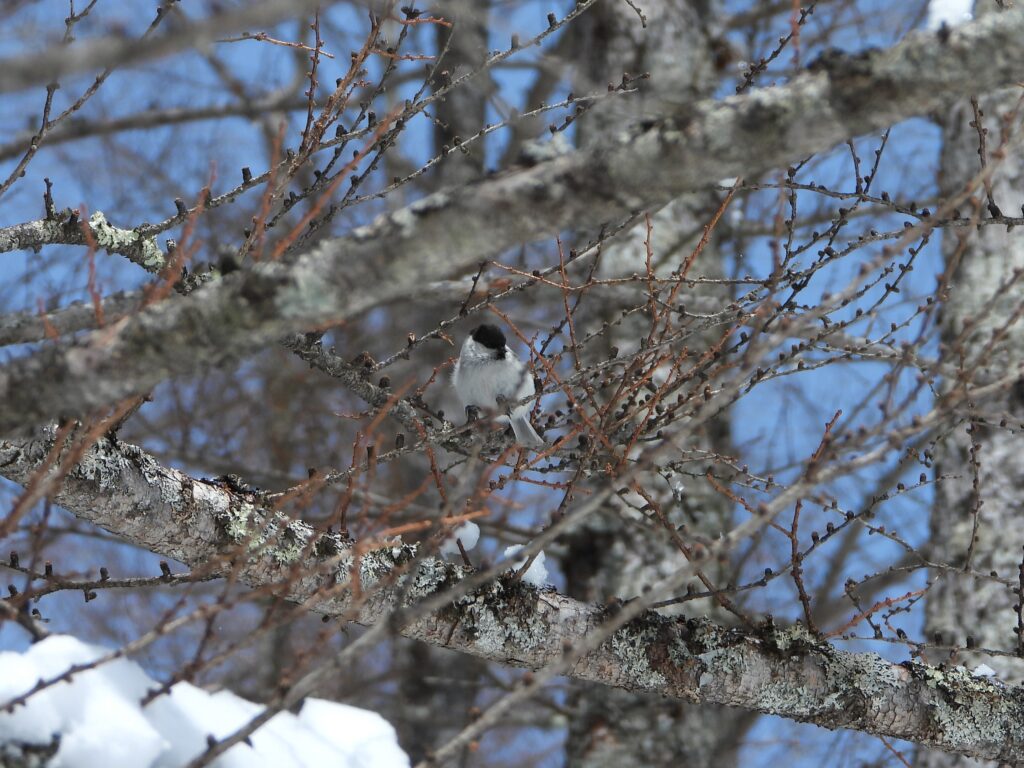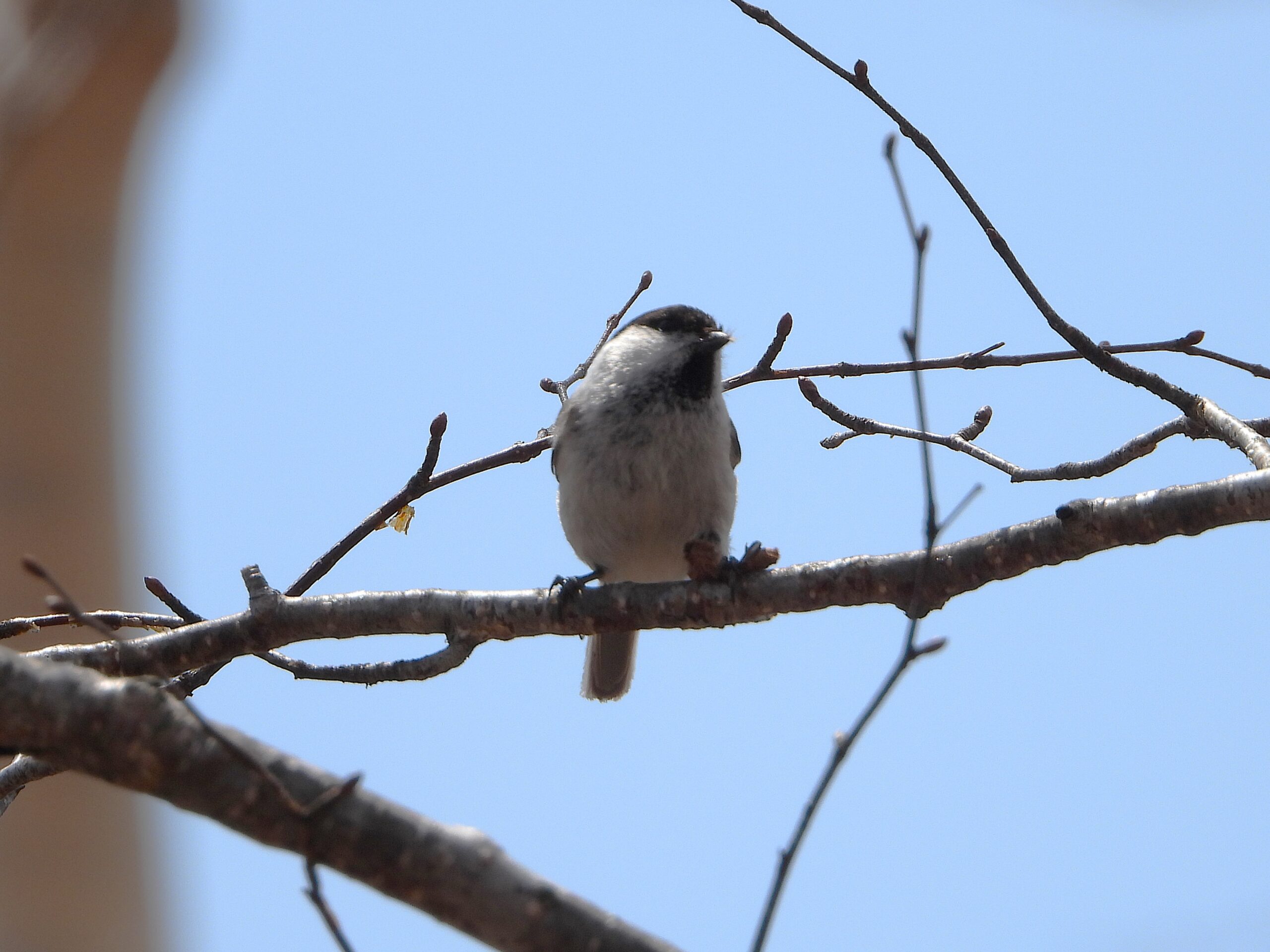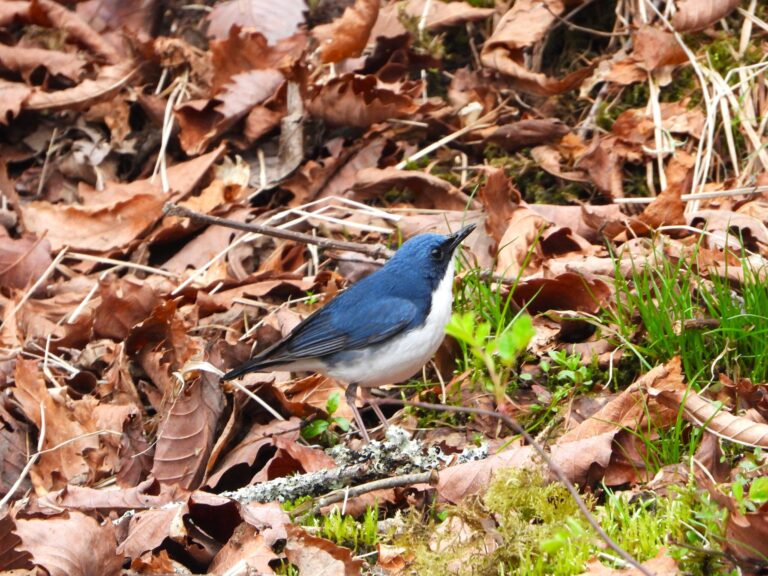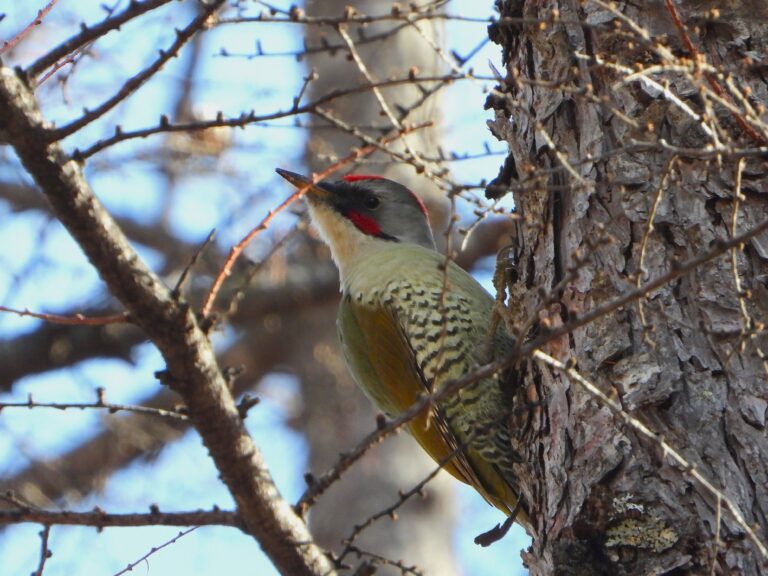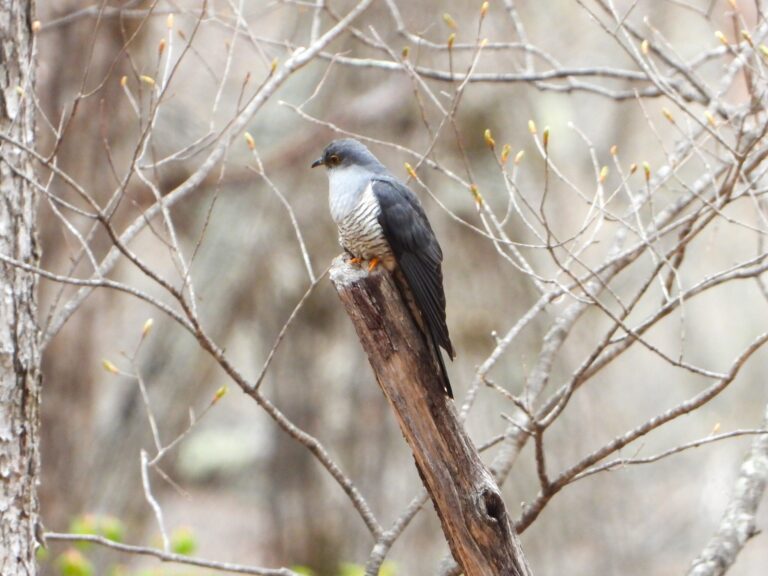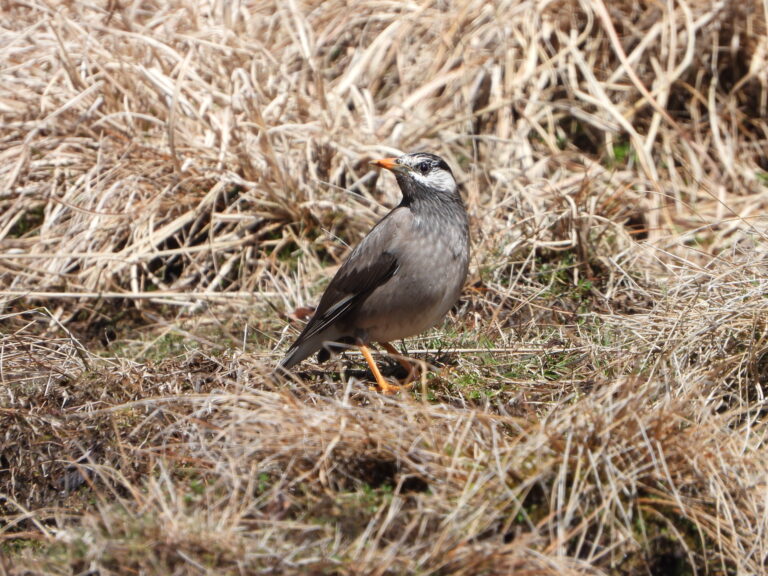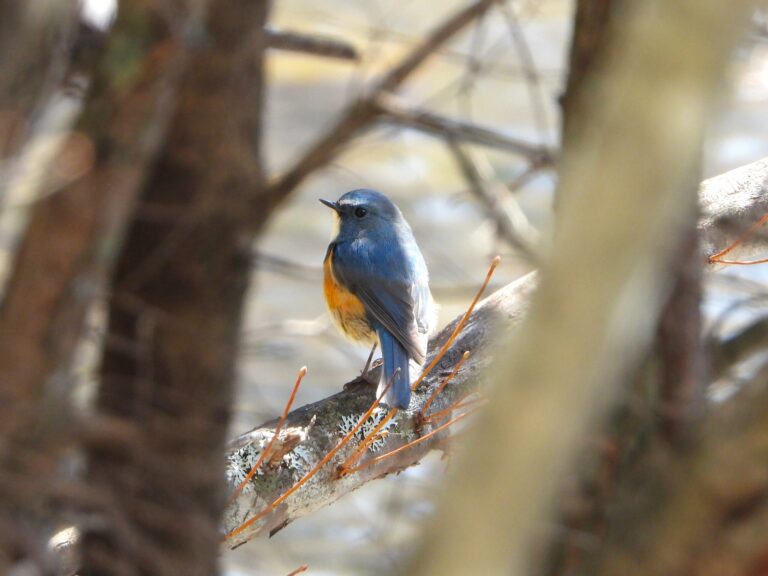Willow Tit (Poecile montanus) – Wildlife of Japan
Introduction
The Willow Tit is a small, matte-capped forest tit common in the woodlands of Honshu, Shikoku, and Kyushu. It is a year-round resident and can be encountered on forested trails, especially in cooler regions. Although very similar in appearance to some related tits, its behavior and calls provide reliable identification clues.
Appearance
A compact tit (~12–13 cm) with a sooty, non-glossy black cap, white cheeks, a slightly diffuse black bib, grey-brown upperparts and pale underparts with little buff on the flanks. No wing bars.
Similar species: It can be confused with closely related tits, but a key distinction is that the Willow Tit excavates its own nest cavity in rotten wood, a rare behavior among tits.
Habitat & Distribution
Prefers cool broadleaf and mixed conifer forests from low hills to montane zones, especially areas with deadwood and damp edges (willow, alder, birch). It is less likely to be found in urban parks. Globally, the Willow Tit is widespread across the Palearctic, and the Japanese population is recognized as the subspecies Poecile montanus restrictus.
Where to See in Japan
Willow Tits can be encountered year-round, particularly in cool mixed forests with plenty of deadwood. In Honshu, they are fairly common along mountain trails, forest edges, and damp valleys. They often join mixed flocks in winter, so listening for their nasal calls is the best way to detect them. Unlike the Japanese Tit, they are rarely seen in city parks or gardens.
Behavior
An active trunk-and-branch forager, probing rotten wood and twig clusters for insects. Often joins mixed winter flocks with other tits and nuthatches. Frequently caches seeds for later. Generally tame but constantly on the move—delightful to observe but tricky to photograph.
Diet
Feeds mainly on insects and spiders during the breeding season; switches to seeds, buds, and berries in autumn–winter. Frequently stores food items in bark crevices or decayed wood.
Reproduction
Pairs excavate their own nest cavity in soft, decaying stumps or branches. The female lays typically 6–9 eggs in a felted cup of hair/fur and wood chips, incubating alone for ~13–15 days; both parents feed the young, which fledge after ~17–20 days. Usually a single brood per year.
Conservation
Globally assessed as Least Concern thanks to its large range, though declines are documented in parts of Europe due to habitat loss and competition for nest holes. Maintaining deadwood in forests is essential for this cavity-excavating species.
Author’s Impression
Not a particularly rare bird, but it hardly keeps still—photographing one cleanly is a challenge. I often encounter them along cool, mossy trails where birch and conifers mix, their nasal calls revealing their presence before I see them.
Related Species
→ Read the full species profile: Coal Tit (Periparus ater)
→ Read the full species profile: Japanese Tit (Parus minor)
